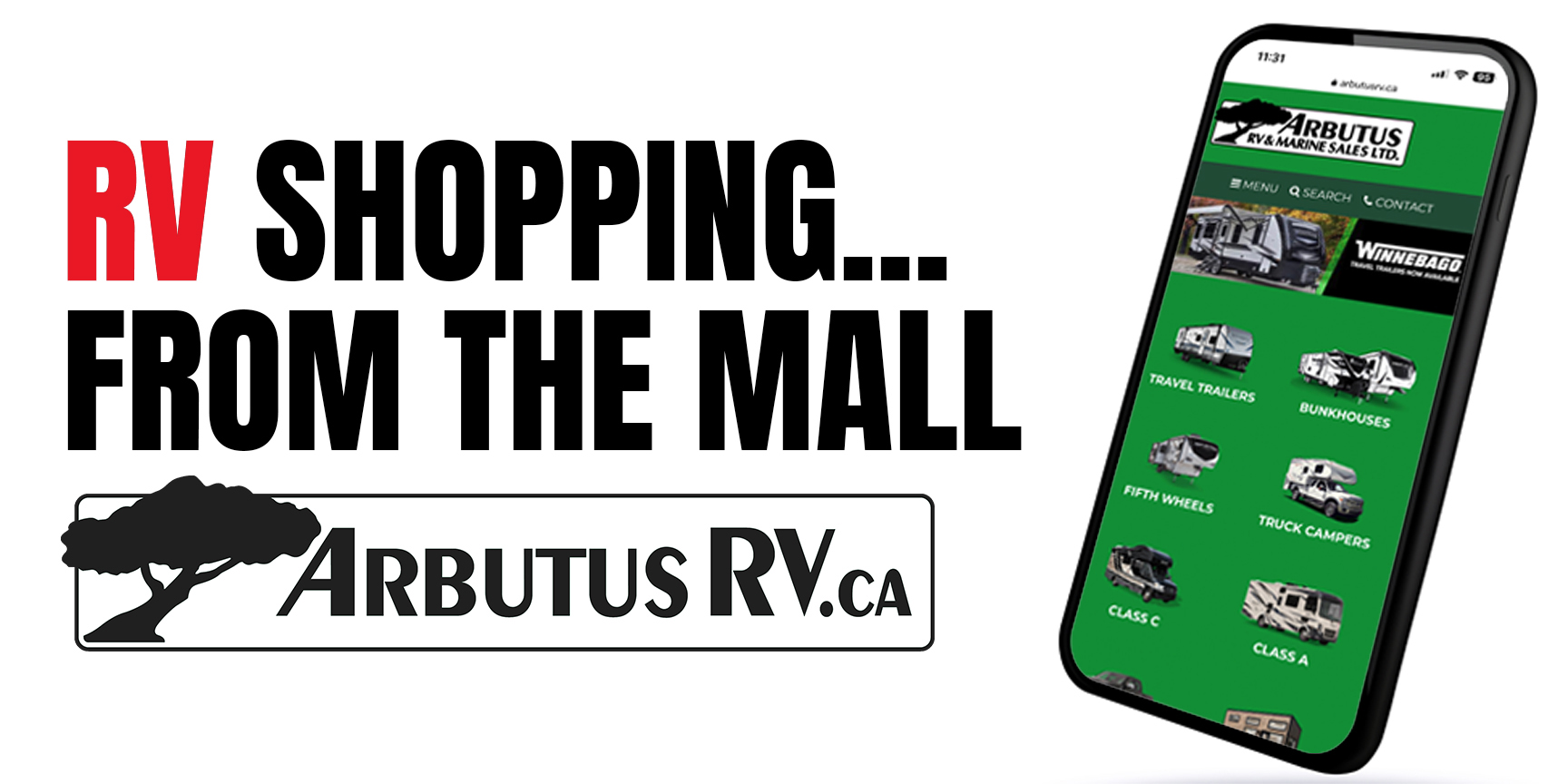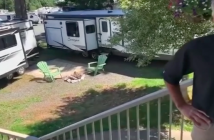By Dwayne Kuemper
Practice S.A.F.E. Cornering
When pulling a towable, carrying a camper or driving a motorized RV, RVer’s must compensate for the extra weight, height and length, particularly when cornering. Practice S.A.F.E. cornering:
- Slowly approach the turn. It’s much easier to speed up in the corner than have to brake.
- Arc the turn, careful to not arc the first swing in the opposite direction, confusing drivers behind as to where you really intend to go.
- Finish the turn completely. Drivers make a common mistake when they straighten before the back end of the vehicle has cleared the pivot point.
- Experience is key, the best way to become a good RV driver is practice, practice, practice.
Follow the Rule of 20 Percent
RV’s have slower acceleration and take longer to come to a full stop than autos. To compensate, add 20 percent to everything you do, from increasing your following distance and judging if you have enough clearance, to safely merging into traffic.
Know Your Height
Sounds simple, but it’s amazing how many people forget the extra height of an RV while driving. Hitting bridges and overhangs are some of the most common accidents. To avoid getting hung up – literally – try this simple trick: put a sticky note on the dashboard with your exact clearance.
Another vital fact: a typical RV is 8.5 feet wide; the typical highway lane is only 10 feet wide. This gives you about a foot-and-a-half to work with.
Break Out of a Rut
Driving on secondary roads has the advantage of being beautiful but the disadvantage of being narrow. If you feel the front wheel slipping off the road into a rut, follow these easy steps:
- Take your foot off the gas, and gently brake. Jamming the brakes can get you deeper into the rut.
- Keep steering forward and slow down gently.
- Once slowed down, gently turn to the left and get out of the rut, slowly back onto the road. Over-correction by jerking the wheel left could cause you to jack-knife.
See and Be Seen
Always use turn signals. Be sure to allow sufficient distance so motorists around you can anticipate. For example, Arbutus RV recommends signaling in the last 100 feet before you turn. A very common accident is caused by an RVer slowing to begin a turn and an impatient driver behind attempting to pass at that same time.
Be sure before starting your trip that you check all marker, brake, and signal lights. Ideally carrying spare bulbs and fuses is a good practice.
Avoiding Unexpected Blowouts
Blowouts can mean big trouble, and tires normally fail for one of three reasons: improper inflation, worn tread or an overloaded/overweight vehicle.
Over time, ozone and UV exposure contribute to cracks in tires, especially on the sidewall. To avoid cracking, regularly wash tires with mild soap, water and a soft brush. Dirt is also a tire killer, acting as an abrasive that inhibits the tires’ natural wax protection.
Keep tires covered (including the spare) when your RV is not in use to prevent ozone and UV damage. Additional tire care hints include:
- Watch your pressure: Under-inflation and over-inflation can both lead to blowouts. To help prevent this, check the inflation pressure of your tires at least once a month and always before starting a trip. Do this when tires are cold, as heat generated during driving temporarily increases air pressure. Never remove air from a hot tire, which may result in under-inflation when the tire cools.
- Make it an inside job: If you pick up a nail, do not have it fixed by installing a plug from the outside. Have the tire dismounted and a repair made from the inside. This is the only way to properly inspect for damage to the inside sidewall.
- Avoid tire products that contain petroleum-based substances. Products containing alcohol or petrochemicals may create and accelerate deterioration and cracking, in addition to stripping the tire of its ozone protection. Some silicone oils found in such products may cause similar damage.




